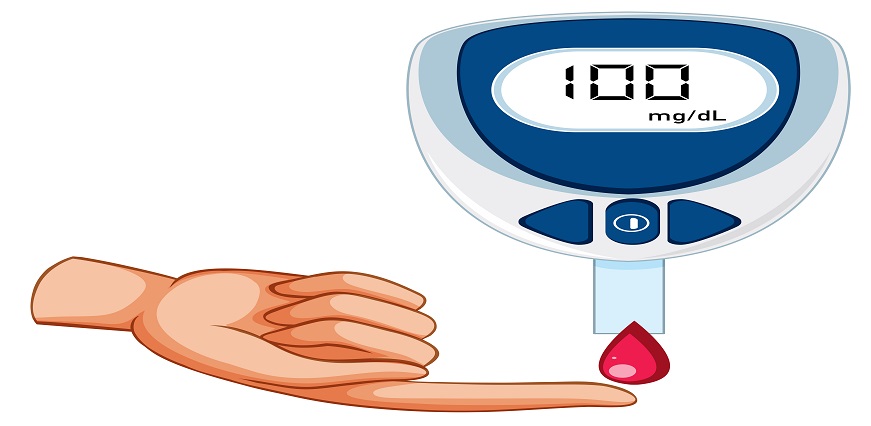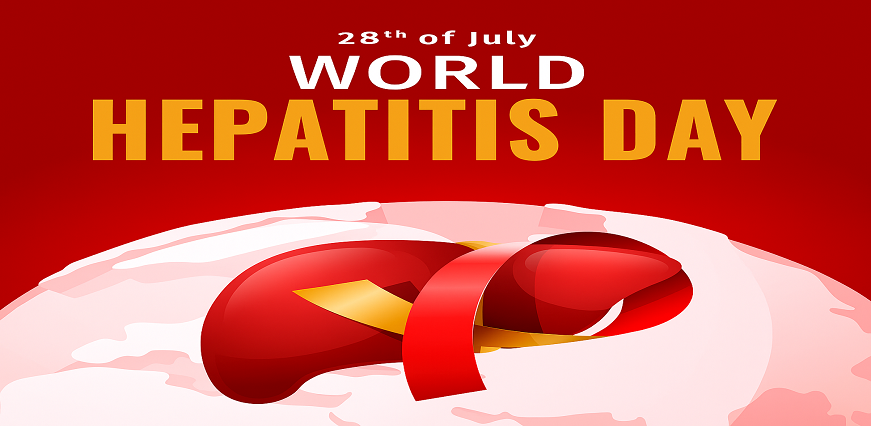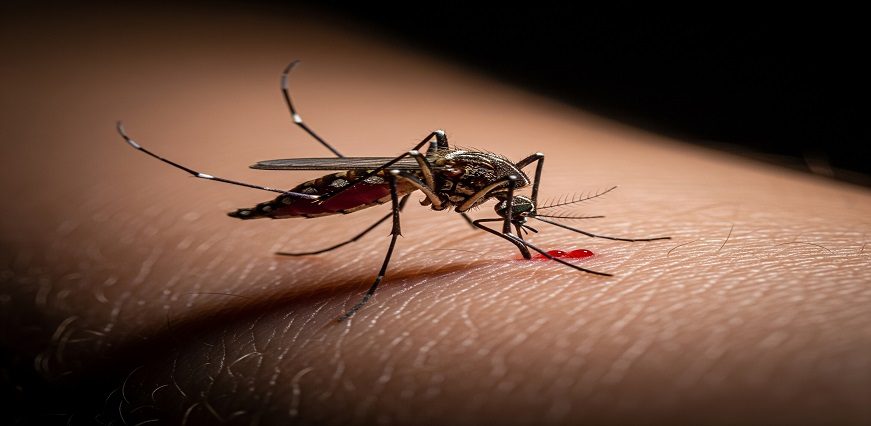


Max Lab
Apr 01, 2022
A test to determine blood sugar levels is a crucial part of a diabetes care plan because unregulated sugar levels can lead to severe complications. Depending on the condition, people with diabetes should visit their doctor for better guidance and test recommendations. While it takes some time for the blood sugar symptoms to be visible, a doctor can detect the condition in its initial stage by carrying out some tests.
As poorly controlled diabetes can affect different organs and tissues in the body, including kidneys, heart, nerves, and eyes, it is vital for diabetic people to regularly visit their doctors for staying on top of their treatment plan. However, one also needs to test glucose levels on their own, according to the suggestions of their healthcare team. Organizing your lifestyle, including the sugar level test at a fixed time of the day, can go a long way in managing your diabetes and wellbeing.
Here is everything to know about diabetes and the types of tests one can choose to manage sugar levels.
A normal sugar level for people without diabetes, especially for 20+ age, should be between 70 – 130 mg/dL in the morning before meals. It should be less than 180 mg/dL after 1-2 hours of eating. There are many factors, besides eating, that can fluctuate the glucose level during the day. Thus, it is important to maintain a dairy or notes whenever you diagnose the sugar levels and consider the time, recent activities, last meal, etc.
For people with diabetes, their glucose level may be consistently high and can lead to many issues over time. Let’s talk about the factors affecting glucose levels in the blood throughout the day:
Mostly at the initial stage of diabetes, patients remain asymptomatic, which hinders their ability to take a doctor’s advice timely. It is important to be aware of the symptoms of high and low sugar levels to get the right treatment on time.
Diabetes tests evaluate sugar or glucose levels in the blood to determine whether a person has diabetes or is at risk for it. The tests are used to check or diagnose type 1 and type 2 diabetes, prediabetes, and gestational diabetes (a form of diabetes during pregnancy).
There are diverse ways to diagnose diabetes, and most of these tests measure sugar levels in the blood. The different types of tests include:
Hemoglobin a1c (HbA1c)
The HbA1C test is used to screen for type 1 and type 2 diabetes by measuring the average glucose level in hemoglobin for the past three months. Also known as glycosylated hemoglobin and glycated hemoglobin, HbA1c also helps to monitor how well a diabetic person is managing glucose levels.
Random Blood Sugar Check-up
Random Blood Sugar test is like causal testing that helps monitor the current condition of diabetes or how well a person is managing it. No fasting is required.
Blood Glucose Test
This test requires people to fast for at least eight hours. Also known as fasting blood glucose, this test helps screen for diabetes and check if glucose level is within the normal range. The Fasting Blood Glucose Test may be repeated to determine the result.
Oral Glucose Tolerance Test (OGTT)
Another test that needs fasting is the Oral glucose tolerance test (OGTT), which aids to diagnose gestational diabetes (diabetes during pregnancy). OGTT can be taken as the second test in a two-segment diagnosis for pregnant women.
Also known as hyperglycemia, high blood sugar is related to prediabetes and diabetes. As extremely high blood sugar can cause some severe complications, sugar management is crucial for people with diabetes. Mentioned below are a few ways to lower blood sugar levels naturally.
Blood Sugar Check Up at Home
Those with type 1 and type 2 diabetes need to monitor blood sugar levels at home. However, one must consult their doctor before buying or using a particular glucometer at home. A healthcare professional can better guide a person about the right option, when, and how often to go for a sugar check-up.
The Standard Glucometer
One of the most widely used devices, the standard glucometer, needs a finger prick. To test blood sugar level, one needs to insert a test strip into the meter, prick the tip of the finger to draw blood, keep the small sample of blood on the strip edge to monitor sugar level in the meter. These are small and portable devices, allowing people to use them anywhere.
Continuous Glucose Monitor (CGM)
This blood sugar monitoring system is different from glucometers as it provides real-time sugar level test results every few minutes. CGM involves the insertion of a small sensor under the skin, normally in the abdomen.
Freestyle Libre
The latest system, called the Freestyle Libre system, is a non-invasive formula to monitor blood sugars. These advanced glucose monitors do not require pricking the finger. However, certain features are similar to a CGM and a meter. In this system, a reader is used to scan the sensor to help people check their blood sugar levels.
Continuous and time-specific diabetes checks can give correct results, helping people to manage diabetes efficiently. However, people with diabetes need to get their blood sugar levels checked at least once a month by a professional healthcare provider.






Comments